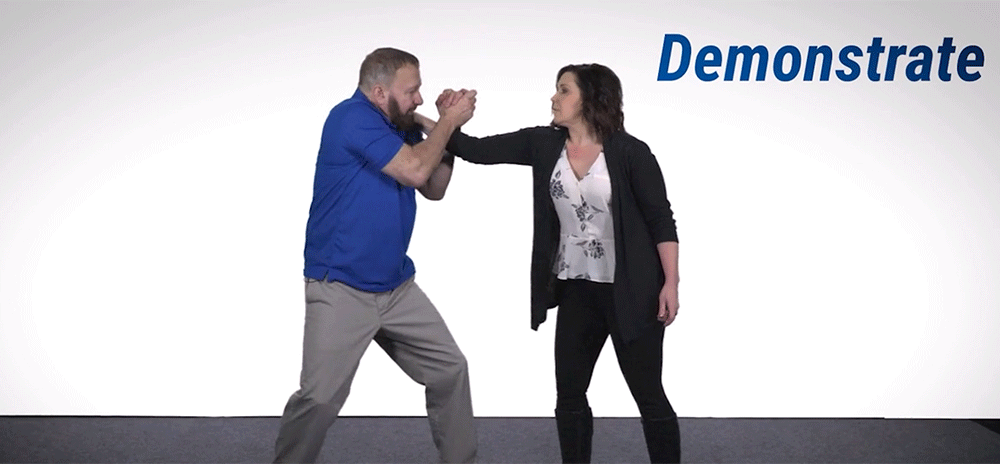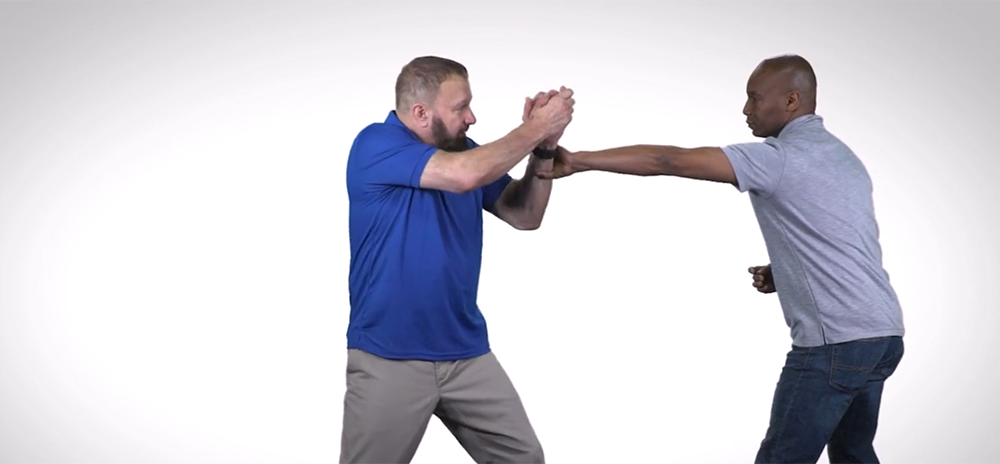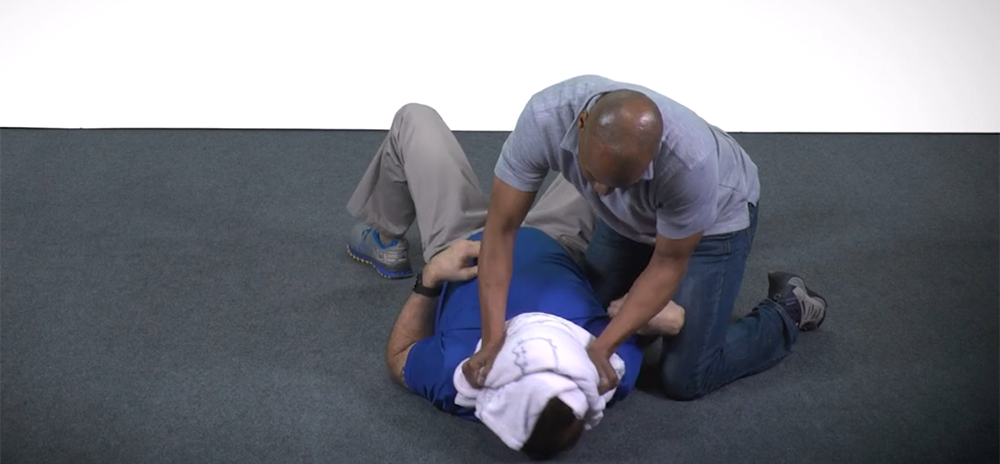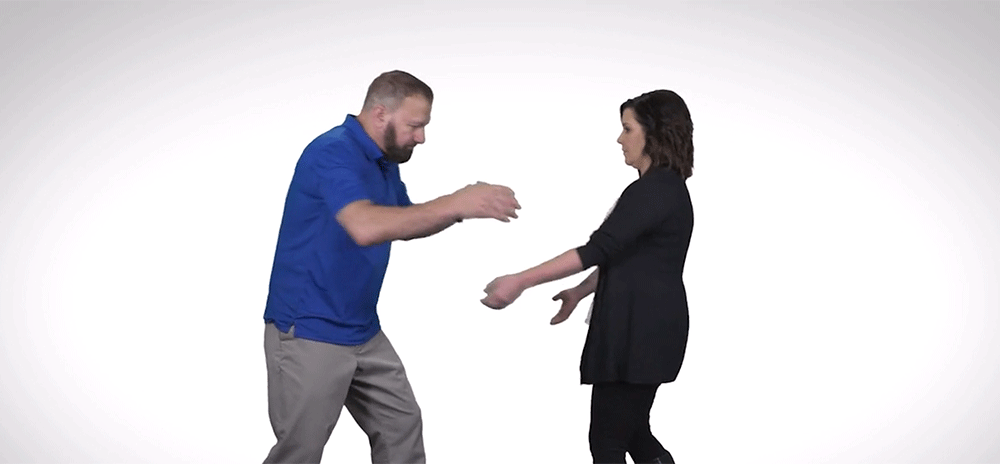No work is more personal and intimate than healthcare and working inside a hospital means you are always up close and personal with your customers. In fact, healthcare workers are so close to their work that managing their personal safety comes second to their patients needs. If you are unable to manage your distance and positioning, as say in our training, then you are more than likely going to have to physically take the action.
The purpose of the tactic highlighted in this article, i.e., our versatile easy to learn, remember, apply, and teach APEX Defense applied to holds and grabs, is to escape any hold or upper body grab. Upper body grabs are dangerous because of all the unknown possibilities that could happen next.
One of the main reasons upper body grabs are dangerous is that the attacker can violently force your body backward, directing you into an area or onto a hard/flat surface, causing blunt force trauma. During any contact, you could lose the ability to manage your distance and position, making you vulnerable to spontaneous holds and grabs.
Potential assailants will often display some basic threat indicators, i.e., compromised distance and position, tone of voice, word choice, hand placement, and eye contact, before grabbing you. Remember, by design, grabs happen at arms length (two feet or less). Also, the assailant could attack from any position or angle.
During the initial contact, get into a Prepared Stance. As soon as you are grabbed, quickly adjust your body. If needed, turn and face the attacker, and then drop your rear foot back to widen your base and create balance. This is necessary to overcome the initial shock and imbalance caused by the assault. So, as soon as you are balanced:
- clap your hands at eye level over the top of their wrist(s) (Apex Defense Position)
- then quickly, and to the opposite of their free hand, turn and rotate your torso, while moving your and feet spinning to get behind them. (see video)
The twin goals of defending against a hold or grab is to minimize injury and escape the attacker. The more you practice the complex rotating and pivoting movement of the APEX defense, the sooner you will feel comfortable with it and be able to perform it under pressure.
Watch this video to see Front Shoulder Escape in action:









